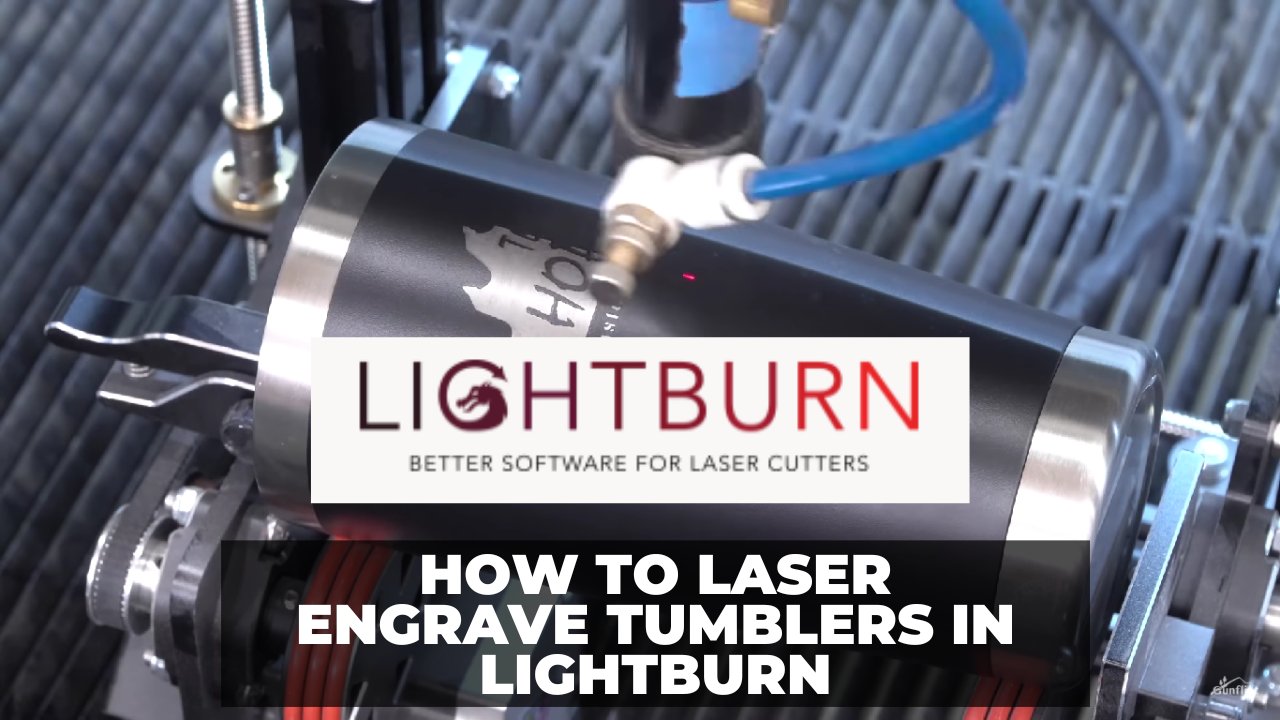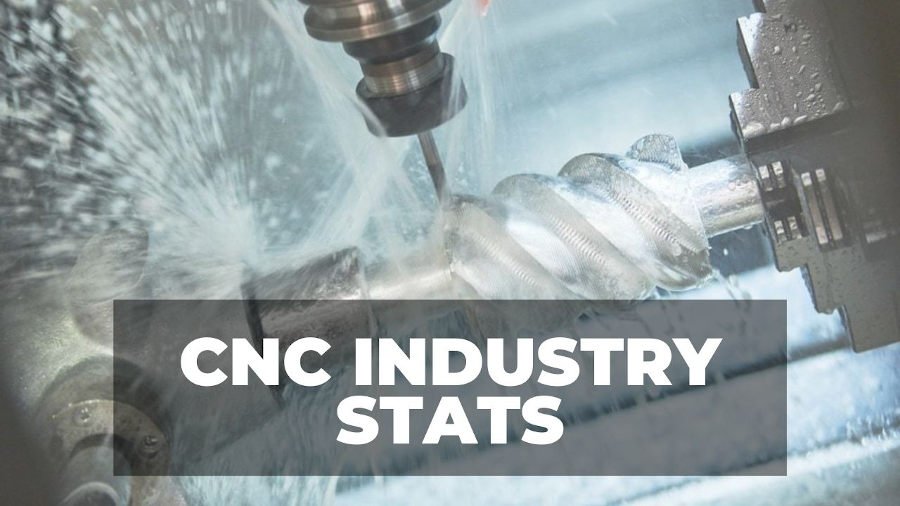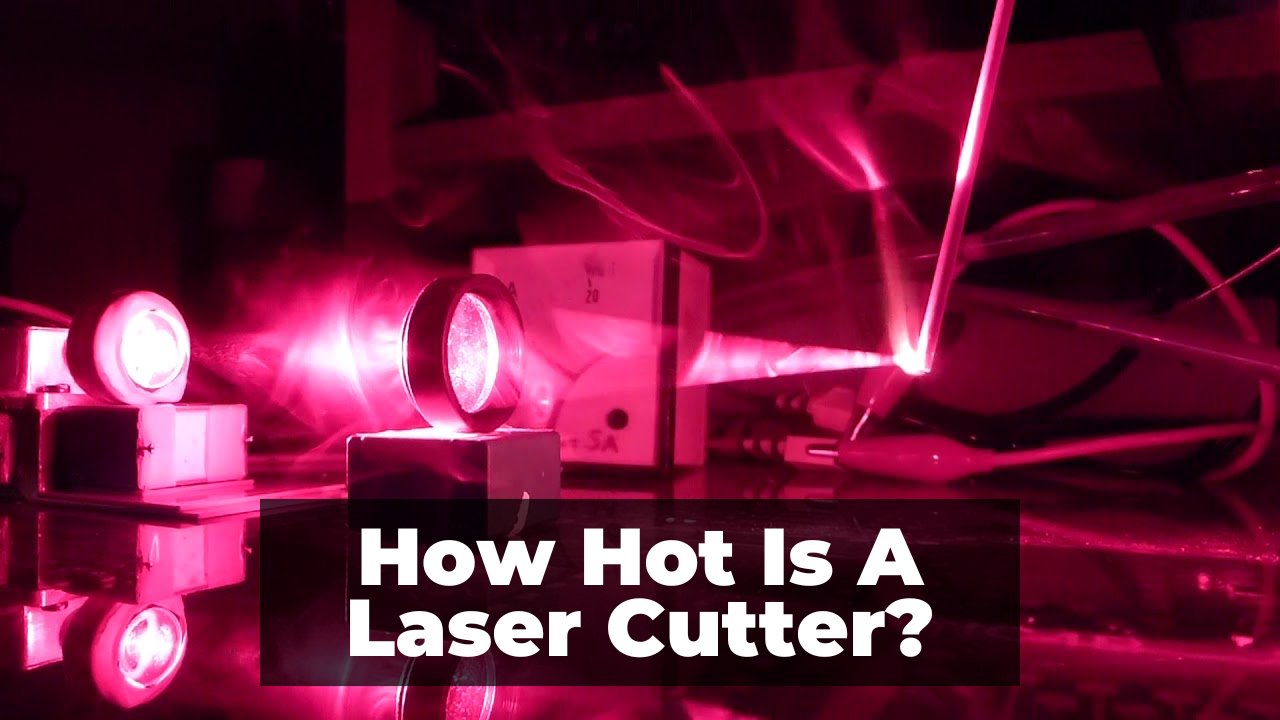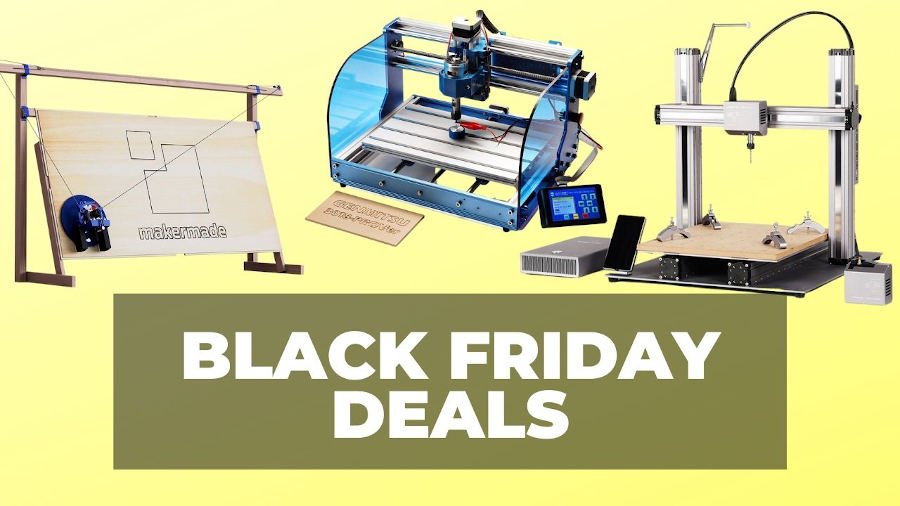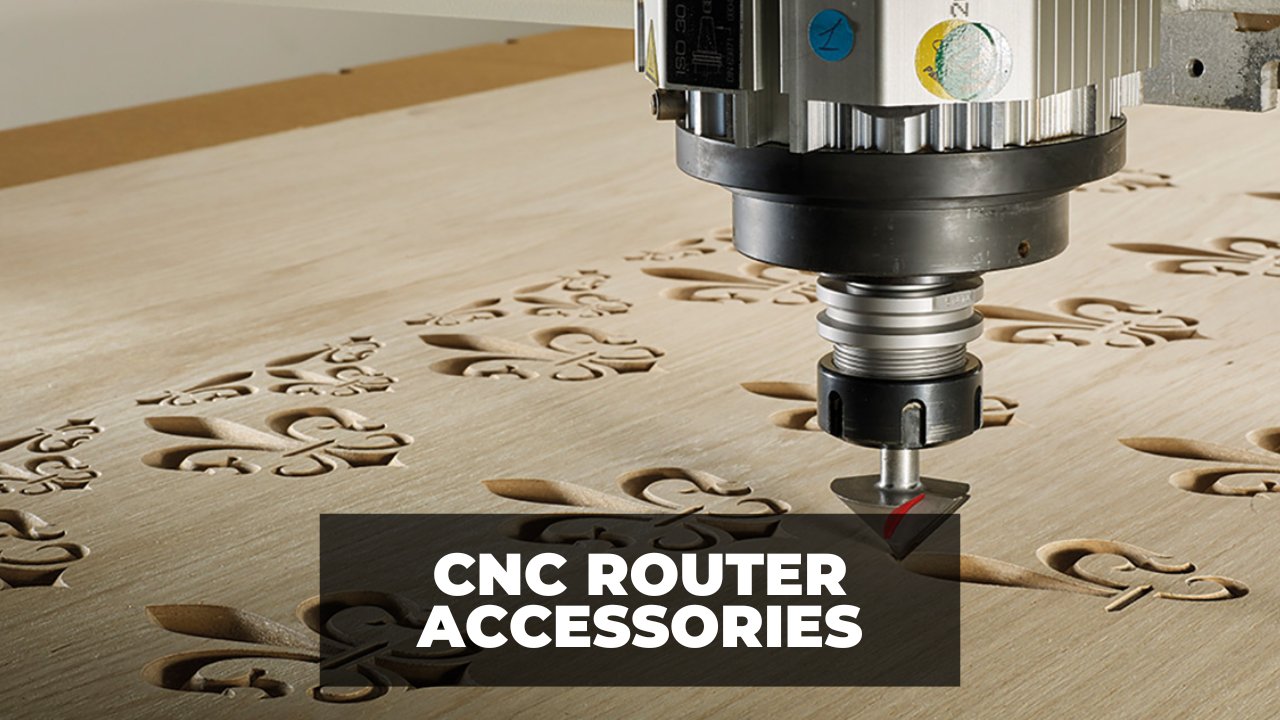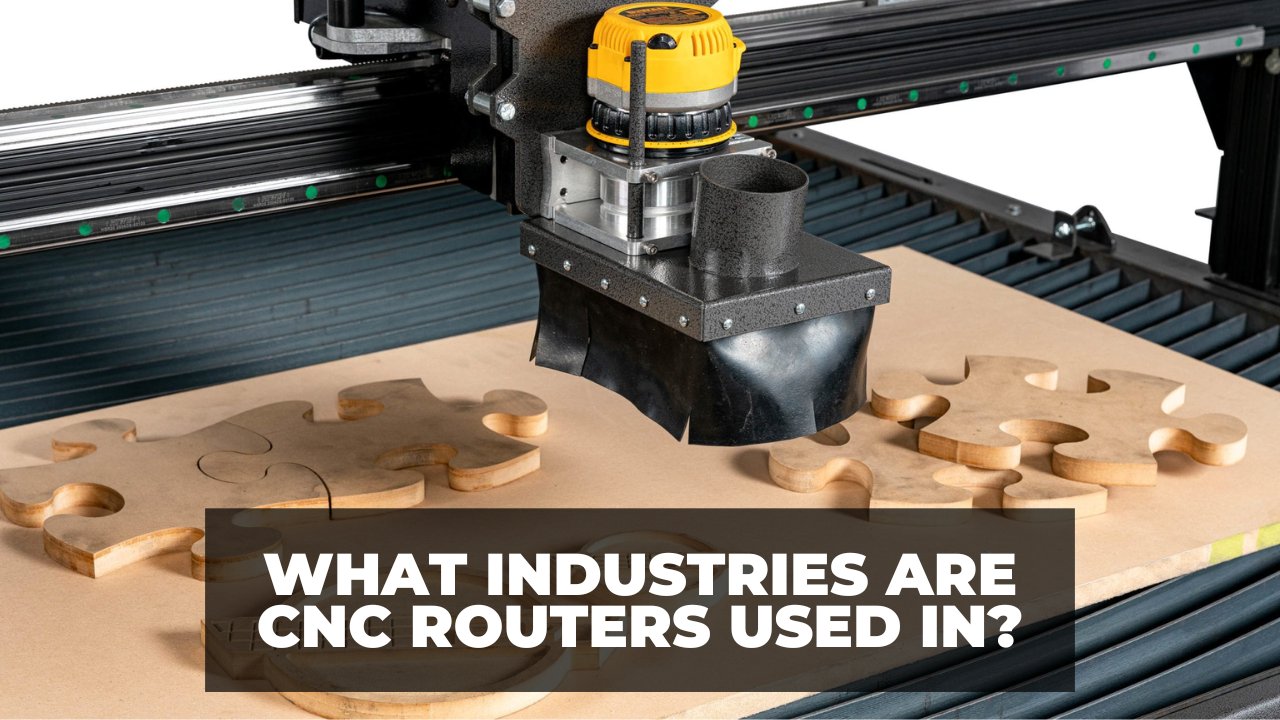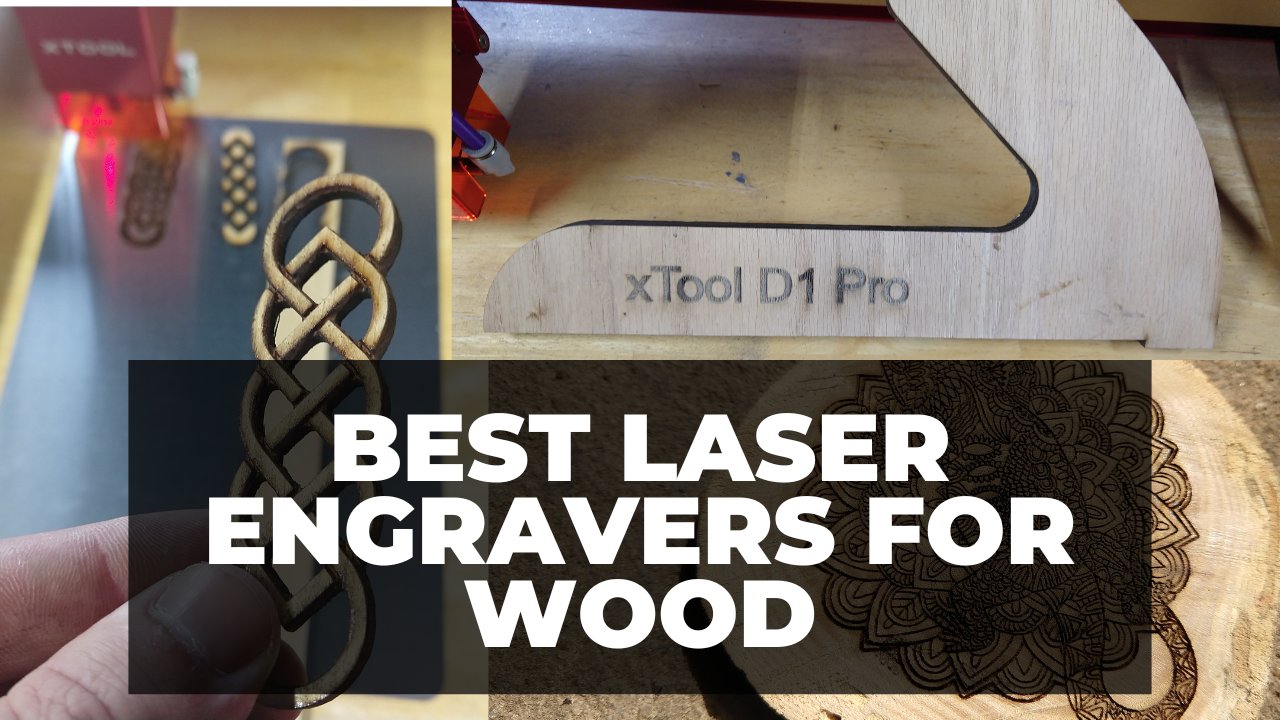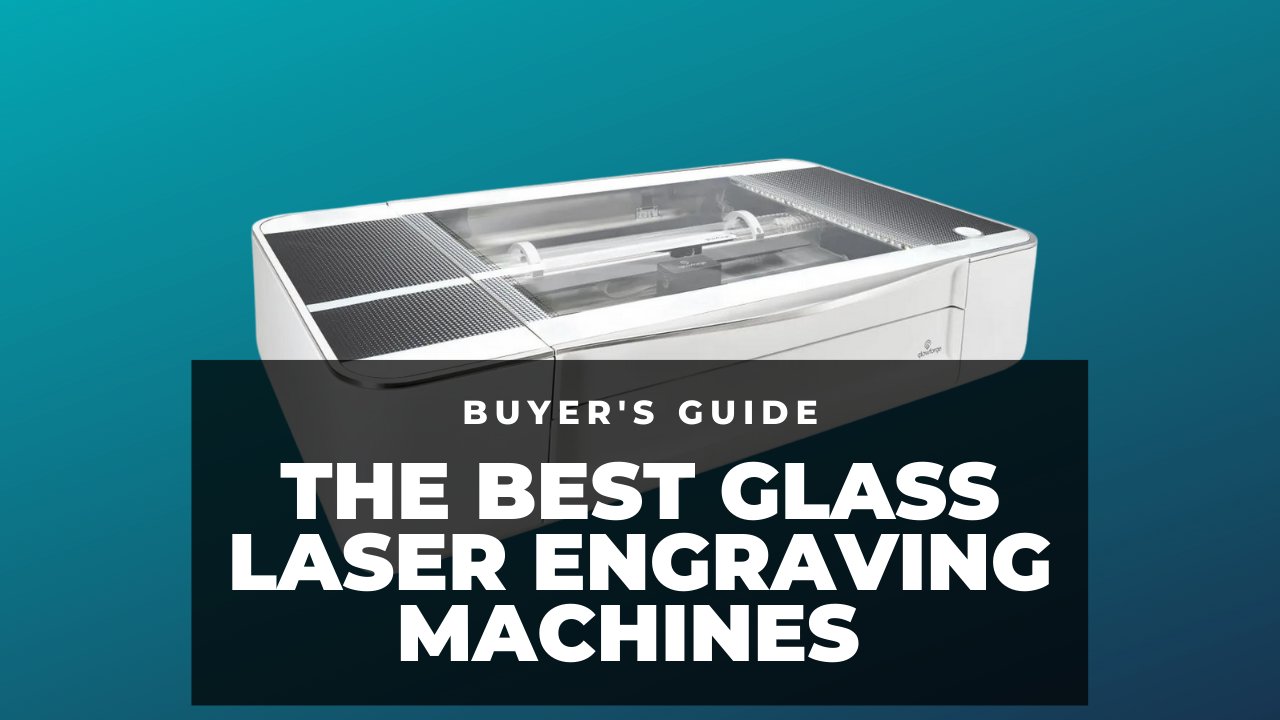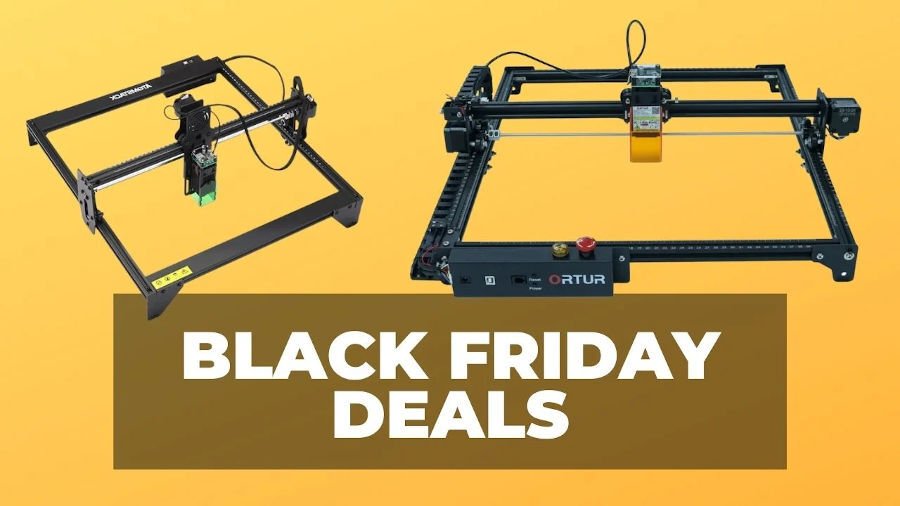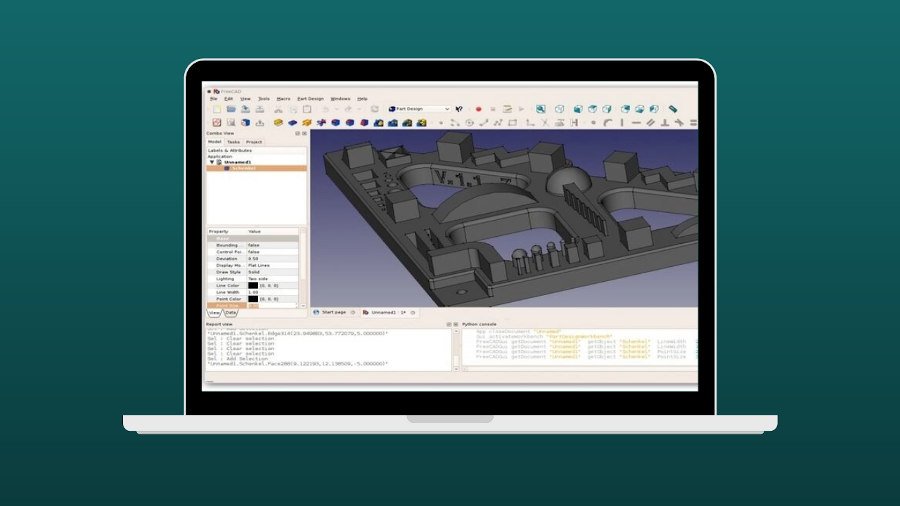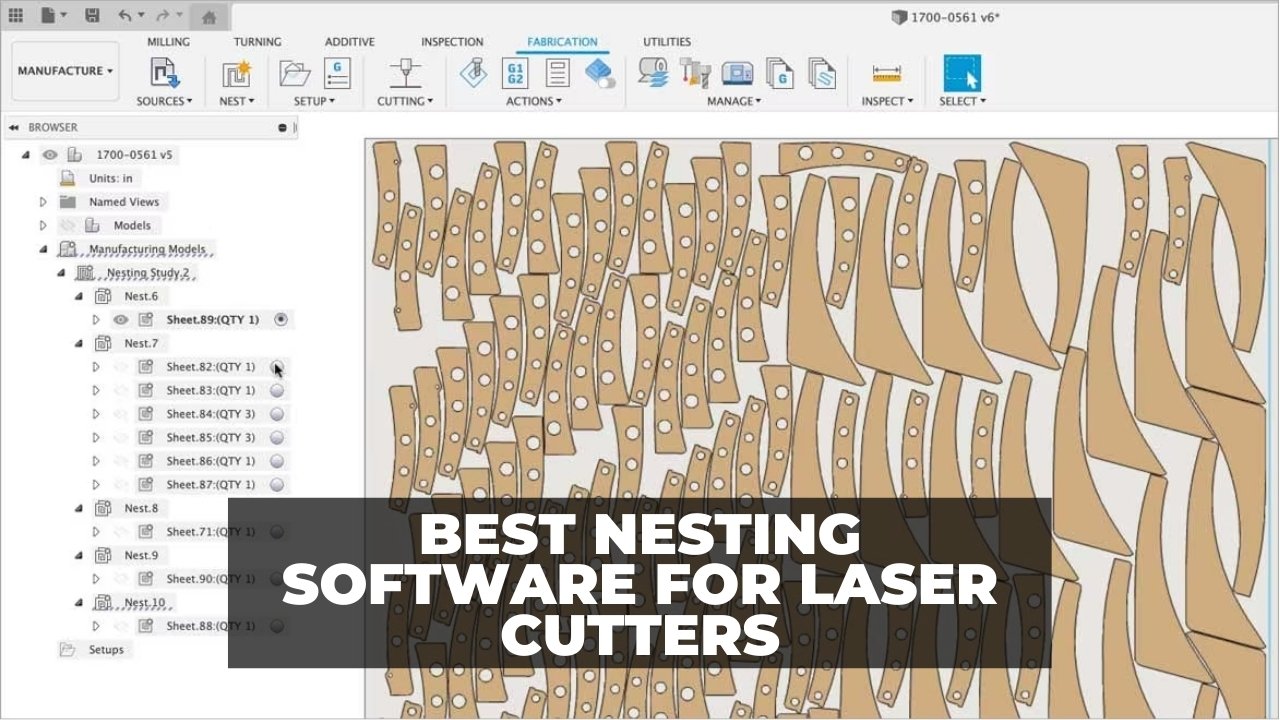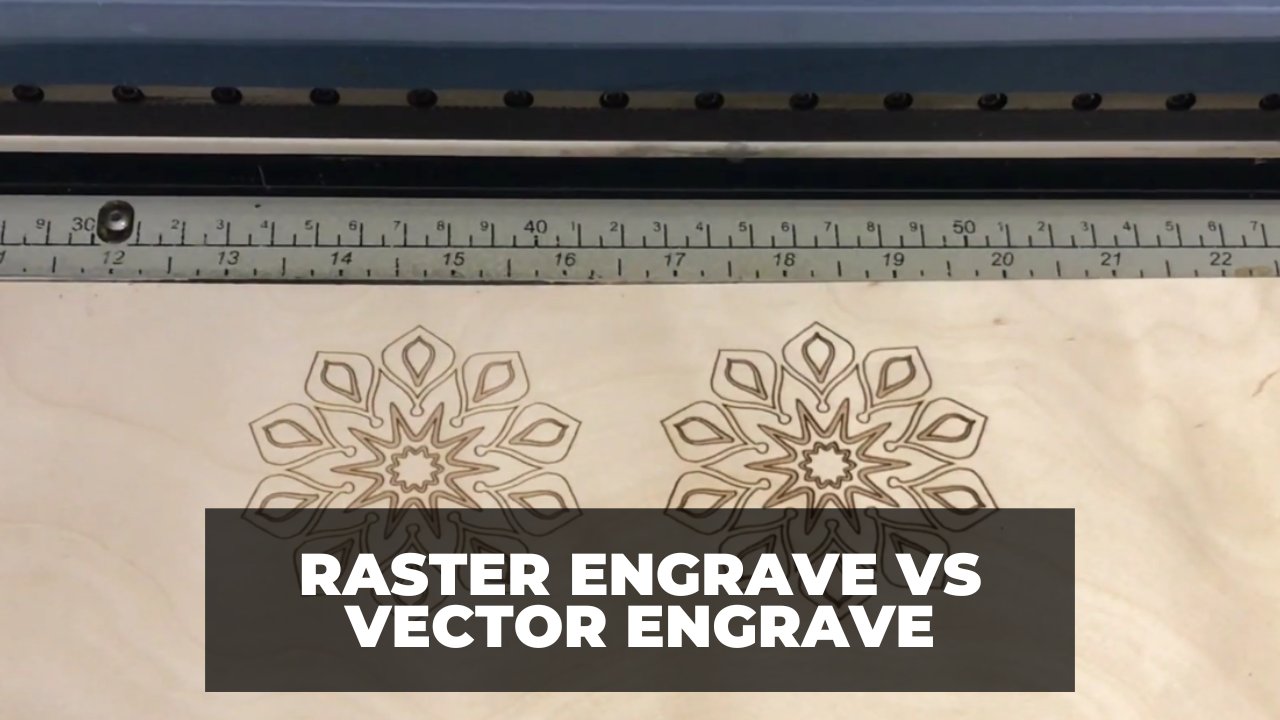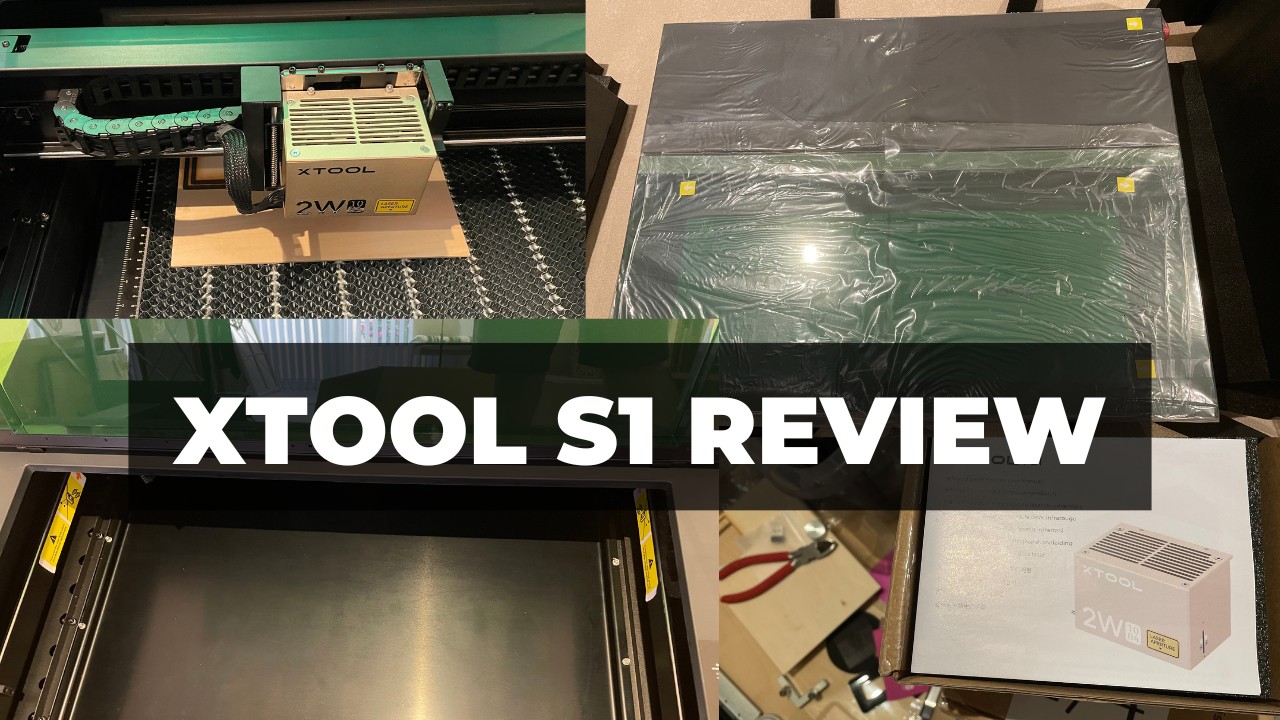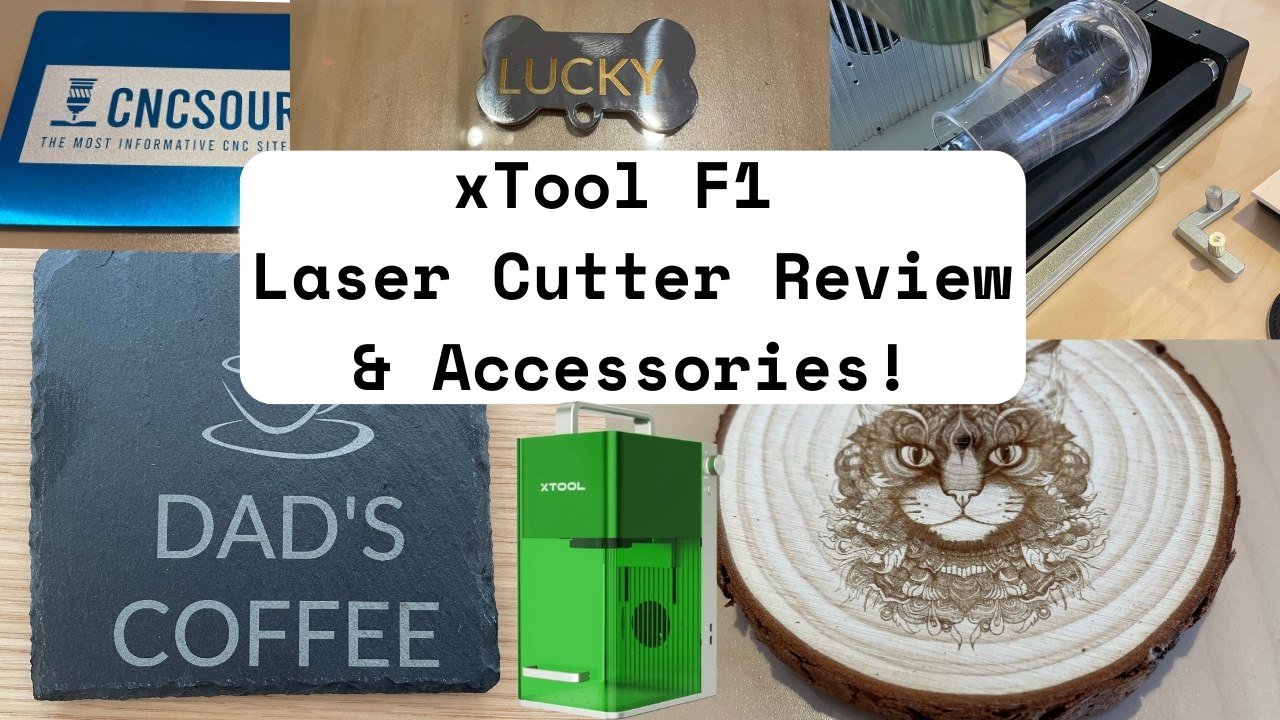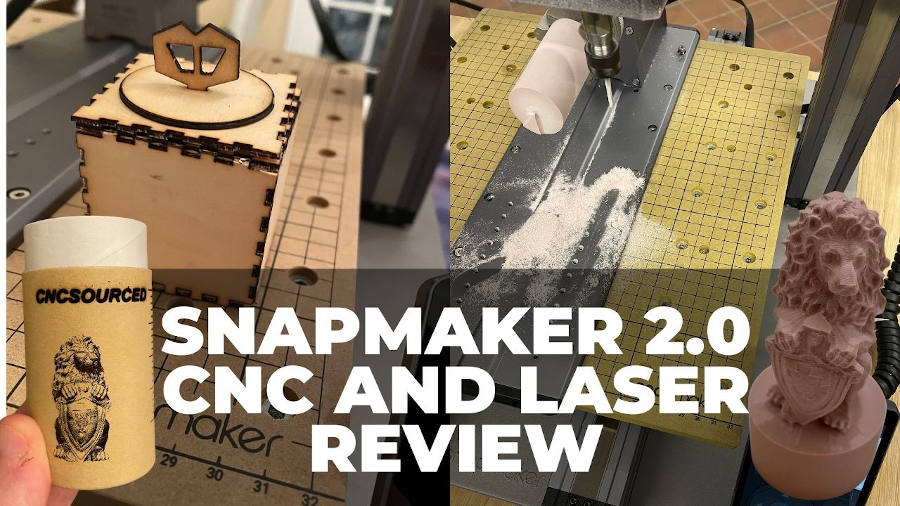Key Takeaways
- Cutting types: CNC machines can make various cuts, such as bevel, miter, and rounded cuts, while laser cutters can only make straight vertical cuts.
- Material compatibility: CNC machines can cut harder and thicker materials like metals and stone, while laser cutters can cut softer and thinner materials like wood and acrylic.
- Engraving quality: Laser cutters can engrave finer details, higher contrast, and more materials than CNC machines, while CNC machines can engrave deeper and rounder edges than laser cutters.
- Ease of use: Laser cutters are easier to use, program, maintain, and clean than CNC machines, but they also require more safety precautions due to smoke and fumes.
In short, CNC machines are more versatile and can do more with some materials, especially metals. CNCs can carve in 3D and cut much deeper and more effectively, while laser cutters are better at engraving, faster at cutting thin sheets, and easier to use and program. Laser cutters are better suited for engraving different materials.
| Comparison Points | CNC Machines | Laser Cutters |
|---|---|---|
| Cutting Capabilities | Versatile, can carve in 3D and cut deep, and various types of cuts and edges. | Better at engraving, faster at cutting thin sheets. But limited to straight verical cuts |
| Finish Quality | Provides excellent finish on wood | Can result in yellow or burned edges |
| Kerf of Cut | Creates a larger kerf and more material waste | Creates a smaller kerf and less waste |
| 2D/3D Capabilities | 3D machines with multiple axes for cutting more complex parts, especially if a 5-axis CNC | 2D cutting machines that only cut vertically, even if using a rotary |
| Materials | Can cut tougher and thicker materials like metal, and suitable for a wider range of materials | Can engrave a wider range of materials, but limited to cutting softer and thinner materials |
| Engraving Capabilities | Can emboss materials, create 3D engravings | Faster, more types of engraving, finer details |
| Software | Requires more expertise, CAD, CAM, post-processor | Requires simpler software for design and control |
| Ease of Use | Requires clamping, more maintenance | No clamping required, less maintenance |
| Size – Footprint | Larger footprint due to rigidity requirements | Smaller footprint for similar work area |
| Price Range | Wide price range, from $300 to $300,000 | Price range from $300 to $100,000 |
| Noise | Louder operation, typically 70-100dB | Quieter operation, around 50-75dB |
| Fumes or Dust | Creates dust and chips, can require a dust collector | Produces smoke and fumes, may require air pump |
When working with my CNC router, I make things that are impossible to create with laser cutters. For example, I cut 16mm PVC and round the cut edges (a laser cutter will struggle with the thickness, the material PVC, and can’t round the edges). Meanwhile, a lot of ideas will require a laser cutter, especially image engraving.
Table of Contents
What is a CNC, and what is a Laser Cutter?
CNC machines have three main categories: CNC routers, milling machines, and lathes. Laser cutters are a type of CNC router, so we’ll compare them to CNC routers in this article.
Laser have a lot of common ground with CNC routers: they can both cut and engrave, they just achieve this in different ways.
How Do CNC Machines and Laser Cutting Machines Work? The Differences
Both laser cutters and CNC machines are subtractive manufacturing processes that use computer numerical control (CNC). This means you use design software to design the part, and control software to generate the desired tool path for cutting.
The differences are in how they do this:
- CNC routers use sharp cutting tools that plunge into the material and remove it.
- Laser cutters use light amplification to generate a powerful narrow laser beam (for example, CO2 lasers use a tube filled with carbon dioxide) to vaporize the material.
Differences Between a CNC Router and a Laser Cutter
CNC cutting and laser cutting are widely used in manufacturing, but for very different uses. Here’s the main differences:
Cutting Capabilities and Quality
Cutting Corner Edges
CNC routers can make all sorts of cuts using different CNC router bits: bevel, miter, and rounded cuts, as well as with chamfers or fillets on top.
However, because lasers are positioned to face straight down at the material, they can only make straight vertical cuts.
In many applications, like home furniture, sharp edges are not appropriate and could be dangerous, so CNC routers are preferred as they can process these edges.
For example, in the image below I used a round over router bit with my CNC to round the edges on this material block so they aren’t as sharp. Laser cutters cannot do this.
Corners on Inside and Outside of Material
Laser cutting can cut sharp corners anywhere on the material, while CNC router bits can only cut sharp corners on the outside part of the material – not inside the board.
For example, here I have used a CNC router to cut a rectangle inside a rectangle in the image below. You can see how the outside corners are sharp, but the inside corners are rounded.
The same happens in parts with cross intersections. For example, I have cut a part with such a tool path in the image below. You can see that there are four sharp corners and four rounded corners.
This is because CNC cutting tools cannot reach these corners on the inside, instead removing more of the edges and leading to a more rounded corner.
But, laser cutters have a very precise and small spot size, and can make these precise corner cuts, such as those shown in the image below.
The rounded corner issue means that corner overcuts will be required to fit parts together. In the image below, I have made overcuts on every corner of the pocketed tool paths.
Finish Quality
CNC routers can give an excellent finish on all sorts of wood, while laser cutting can result in yellow or burned edges. Although there are measures like air assist to prevent burned edges while laser cutting, there will always be some level of burning.
Overall, although laser cutting can also give clean cuts, CNC machines are known for their superior finish on wood.
Kerf of Cut
The kerf is the width of material removed during a cut. CNC router bits make a much larger kerf than a laser beam, and create more dust and material waste.
As a result, laser cutting is better for cutting intricate shapes such as puzzles.
CNC vs laser cutter in 3D/2D capabilities
A laser cutter is a 2D cutting machine. Even with a rotary attachment, they still only move in two directions.
But, CNCs are 3D machines. CNC routers have three axes by default, and some have 4 or 5 axes. As a result, machines like 5-axis CNC routers can carve extraordinary 3D objects. For instance, 5-axis CNCs can carve intricate angles in materials, such as shown in the image below:
Materials – Cutting and Engraving
While CNC machines can cut tougher and thicker materials like metal, laser cutters can engrave more materials.
Materials they can cut
CNCs can cut many more materials than laser cutters. CNCs are better for cutting tough materials like metals, and for thicker pieces, while laser cutters are suitable for cutting softer and thinner materials.
Both CNCs and lasers can cut standard materials like wood, plywood, acrylic, and MDF. But, here are some differences in the materials they can cut:
| CNC | Laser Cutter | |
|---|---|---|
| Metals∗ (explained below) | ✅ | ❌** |
| PVC | ✅ | ❌ |
| Plywood with high resin content | ✅ | ❌ |
| PVB | ✅ | ❌ |
| Fiberglass | ✅ | ❌ |
| Carbon fiber | ✅ | ❌ |
| Polycarbonate | ✅ | ❌ |
| ABS | ✅ | ❌ |
| Stone and ceramics | ✅ | ❌ |
| Foam | ⨯Needs vacuum table | ✅ |
| Fabric | ❌ | ✅ |
| Paper that’s not a thick stack | ❌ | ✅ |
| Rubber | ❌ | ✅ |
On material you can’t cut with a laser cutter is stone, or granite. With a CNC router you can cut stone, for example I have counterbored stone in the image below.
However, not all CNCs are rigid enough to cut stone. I built my DIY CNC router machine from scratch, so while it doesn’t look pretty, it’s more rigid than most $10,000 CNCs! Here’s how it looks:
With rigid CNCs, any material you can clamp, you are likely to be able to cut. With lasers, you cannot cut metals, unless you have an industrial laser cutter that costs $100,000+. Even cheap CNC routers under $500 can cut soft metals like aluminum, brass, copper, gold, and silver.There are also some materials you should never laser cutm, either because the material catches fire from the laser beam, or because the laser causes it to release hazardous gases. These materials never to laser cut include PVC, PVB, Teflon, Polycarbonate, ABS, and artificial leathers.
Materials they can engrave
Laser cutters can engrave a wider range of materials than CNCs. Here’s some materials that are suitable for engraving with laser cutters, but not CNCs:
| CNC | Laser Cutter | |
|---|---|---|
| Fabric | ❌ | ✅ |
| Paper | ❌ | ✅ |
| Glass | ❌ | ✅ |
Lasers can also etch a variety of other materials, while you can’t etch anything with a CNC machine. For example, laser etching steel is widely used in the industry for printing part numbers.
The Material Thickness
CNCs can cut far thicker materials than laser cutters. Entry-level diode laser cutters require multiple passes to cut around 6mm thick wood, while even a basic CNC machine can cut a 50 mm wood piece.
This is because laser cutters lose power after a certain number of passes and depth of cut, but the number of passes doesn’t affect a CNC.
To show an example, in the image below I cut 16mm PVC with my CNC router, and it could cut 4x this thickness if needed. While you shouldn’t ever cut PVC with a laser anyway, even if you tried, you would not be able to cut anywhere near this thick.
Engraving Capabilities: CNC vs Laser Cutter
Laser cutters engrave materials better than CNCs. Here are some key advantages they have:
- Speed: Laser engraving is much faster than CNC engraving.
- Types of engraving: Lasers can engrave, etch, and mark, while CNCs can only engrave.
- Contrast: Laser etching creates high contrast marks, while CNC engraving creates no contrast if the material is not coated.
- Fine details: Lasers can engrave very fine details with high resolution, while CNC engravings are only as fine as their cutting tools’ thickness. Lasers are therefore preferred for precise engraving in industry for logos, barcodes, and part numbers.
- Image engraving: Lasers can do image engraving, while CNC machining an image is difficult and limited.
- Less flat surfaces: While CNC engraving requires a perfectly flat material, laser engraving works better with surface irregularities. For example, it’s much easier to engrave a natural stone with a laser than with a CNC.
- Price: Laser engraving costs less than CNC engraving.
On the other hand, CNCs can also create some engravings that are impossible to do with a laser:
- CNCs can emboss materials.
- CNCs can do 3D engravings.
- CNCs can create much deeper engravings than lasers. This results in a more dramatic and enduring engraving. For example, most laser engravings are less than 0.1mm deep, while CNC engravings can be 20x deeper.
Software
CNC software requires much more expertise than laser software. This is because CNCs are 3D in nature, while lasers are 2D. The more axes a CNC has, the more difficult to program.
CNC machining requires CAD, CAM, post processor, control software. Though, some all-in-one software like Easel do all four functions in one.
Meanwhile, laser cutting requires two software: design and control software. Raster engraving can be done with just the laser’s control software.
The table below summarizes what goes into CNC and laser cutting:
| CNC | Laser Cutter | |
|---|---|---|
| Raster engraving with no modeling | No | Yes |
| 2D design | Yes | Yes |
| 3D CAD | Yes | No |
| CAM for 3D tool path | Yes | No |
| Calculating collision avoidance | Yes | No |
| Possible parameters | Tools required and tool change, feed rate, spindle speed, plunge rate, depth of cut, stepover, tool offset, tool height offset, overcut, allowance, plunge strategy, machining margin and radial depth of cut | Power, speed, resolution |
Ease of Use
Laser cutting is easier than CNC cutting for several reasons:
Clamping and labor: Bolts, clamps, and vices are used to clamp materials to the table for CNC cutting. But, lasers need no clamping.
Maintenance: CNC cutting causes more wear and tear, and requires more frequent maintenance. Components such as the spindle bearing, router brush, and cutting tools need to be replaced every now and then. However, the laser tubes last several years on CO2 lasers, while diode lasers typically last for 8,000-10,000 hours of use.
Cleaning: CNCs create chips and dust during operation that can interfere with the machine’s performance, and requires regular cleaning. The Laser head and lenses also need cleaning, but are much easier to clean than CNCs.
Size – Footprint
A CNC machine with a similar work area will have a larger footprint than a laser for two reasons:
- CNCs require much more rigidity than lasers to cut through tough materials.
- CNCs have larger electric circuitry for the spindle.
So, with a laser you get a larger working area for the total machine size.
Price
The price range for CNCs range from $300 to $300,000. Lasers cost between $300 to $100,000.
For cheap, desktop lasers and CNCs the prices are similar, but in industry, huge multi-axis CNCs are more expensive than industrial lasers. We published a deep discussion on the price of laser cutters in this article.
Noise
Generally, CNCs are much louder than laser cutters. Laser cutters operate at around 50-75dB, while the loudness of a CNC router depends on many factors, but generally ranges between 70 and 100dB.
Fumes or Dust
Laser cutting causes smoke and toxic fumes. As a result, they often come with an air pump so you can direct the fumes outside, and you can also buy an air filter.
CNCs do not cause fumes, but they do create a lot of dust and chips. You can use a dust collector when CNC cutting, but dust collectors are also very loud.
Related Articles:
- Full Guide: How Deep Can a CNC Router Cut
- Raster vs Vector Engraving: Which is better your project?
- Laser Cutting Plywood: A Guide for Beginners and Hobbyists

